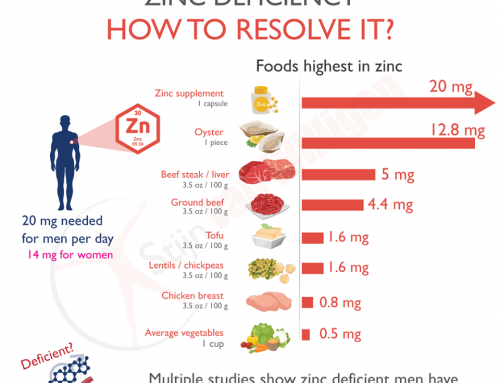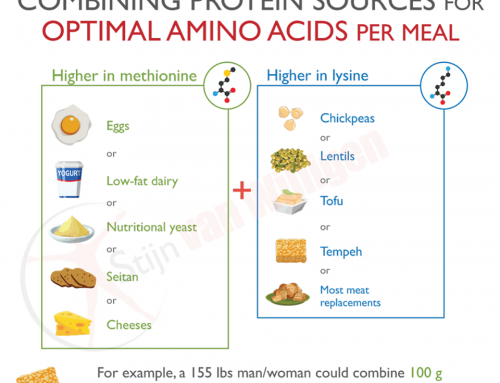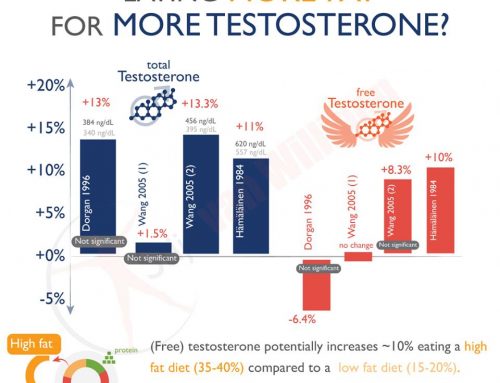Is supplementing with an EAA blend beneficial when you’re doing intermittent fasting (or fasting for Ramadan)?
Last year’s research suggests taking BCAA blends in isolation actually lowers protein breakdown. However, it also lowered protein synthesis, and to a bigger degree. Therefore the net result would be muscle loss [Wolfe 2017].
But what about Essential Amino Acid (EAA) blends? EAAs are the 9 (out of 20 in total) amino acids that the body cannot produce by itself. Unlike the 3 BCAAs, they are actually anabolic in isolation.
Practically any protein source contains EAAs in various amounts.
The biggest difference between protein sources is absorption rate.
Sometimes you want to have amino acids in your blood as quickly as possible. For example, if you fast (no drinking or eating) until 9.30 – 10.30 pm for Ramadan and plan your training session at this time as well.
Are EAA blends indeed the best option here?
Well, as it turns out EAA blends are just a more expensive substitute for good ol’ whey protein.
Nakayama and colleagues (2018) showed that a hydrolysed whey protein shake raises blood amino acid levels just as fast as an EAA blend. This is probably also true for other types of whey [Power 2009].
An older study (in pigs, but still) even showed hydrolysed milk proteins raises blood amino acid levels quicker than a mixture of amino acids [Rérat 1998].
There are 4 fair reasons why you’d want to take EAA instead of whey:
1) You really like the taste of EAA supplements.
2) You have some form of lactose intolerance (whey isolate has less lactose, though).
3) You are on a very calorie-restricted diet (and would preferably not also consume the calories from the extra 11 amino acids in whey protein)
4) You like to spend money (EAAs are generally 3-5x as expensive as whey per gram of protein).





Very recent research would seem to contradict this evidence. It looks like there is a good reason to combine the two.
https://jissn.biomedcentral.com/articles/10.1186/s12970-020-0340-5